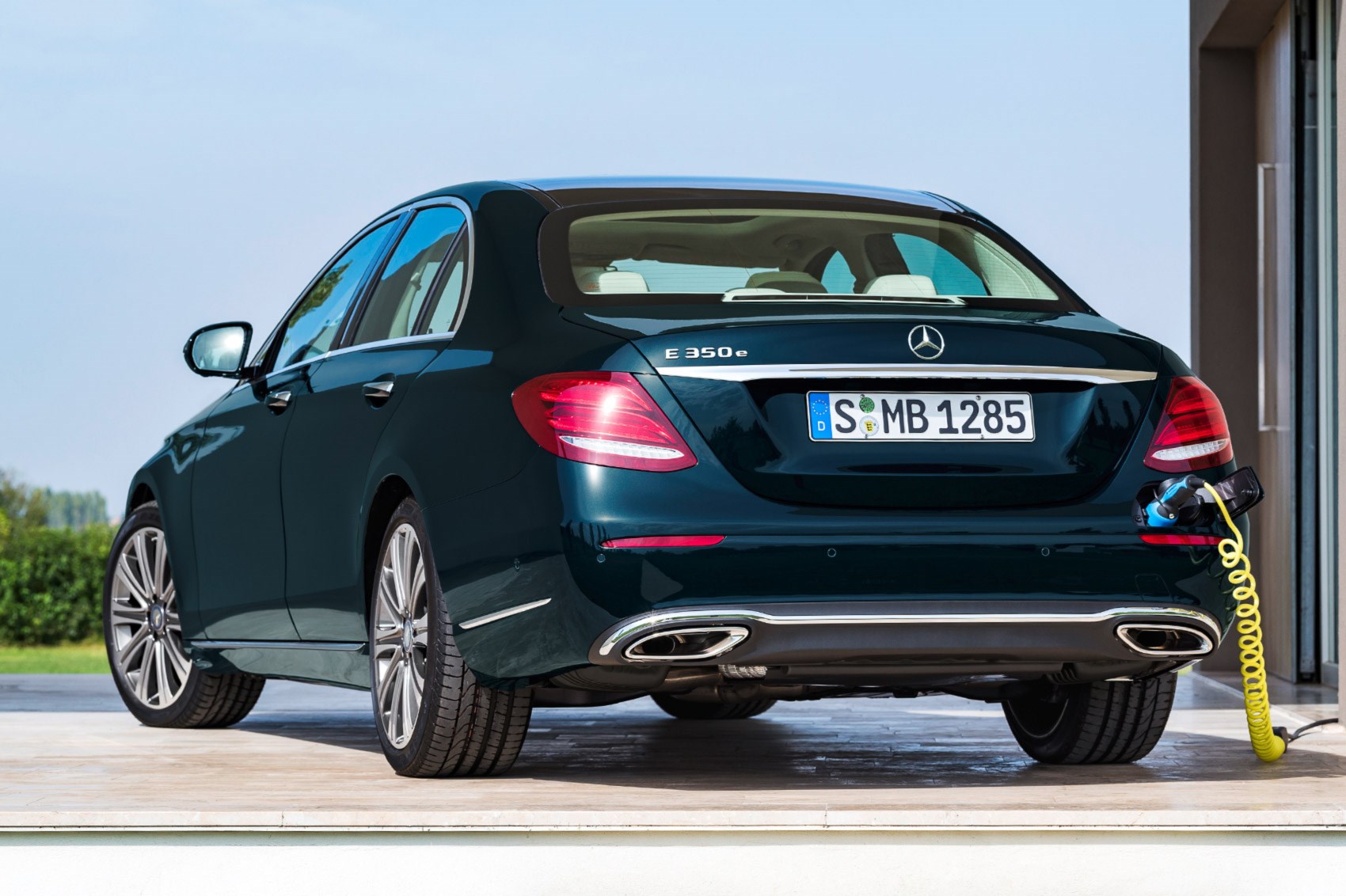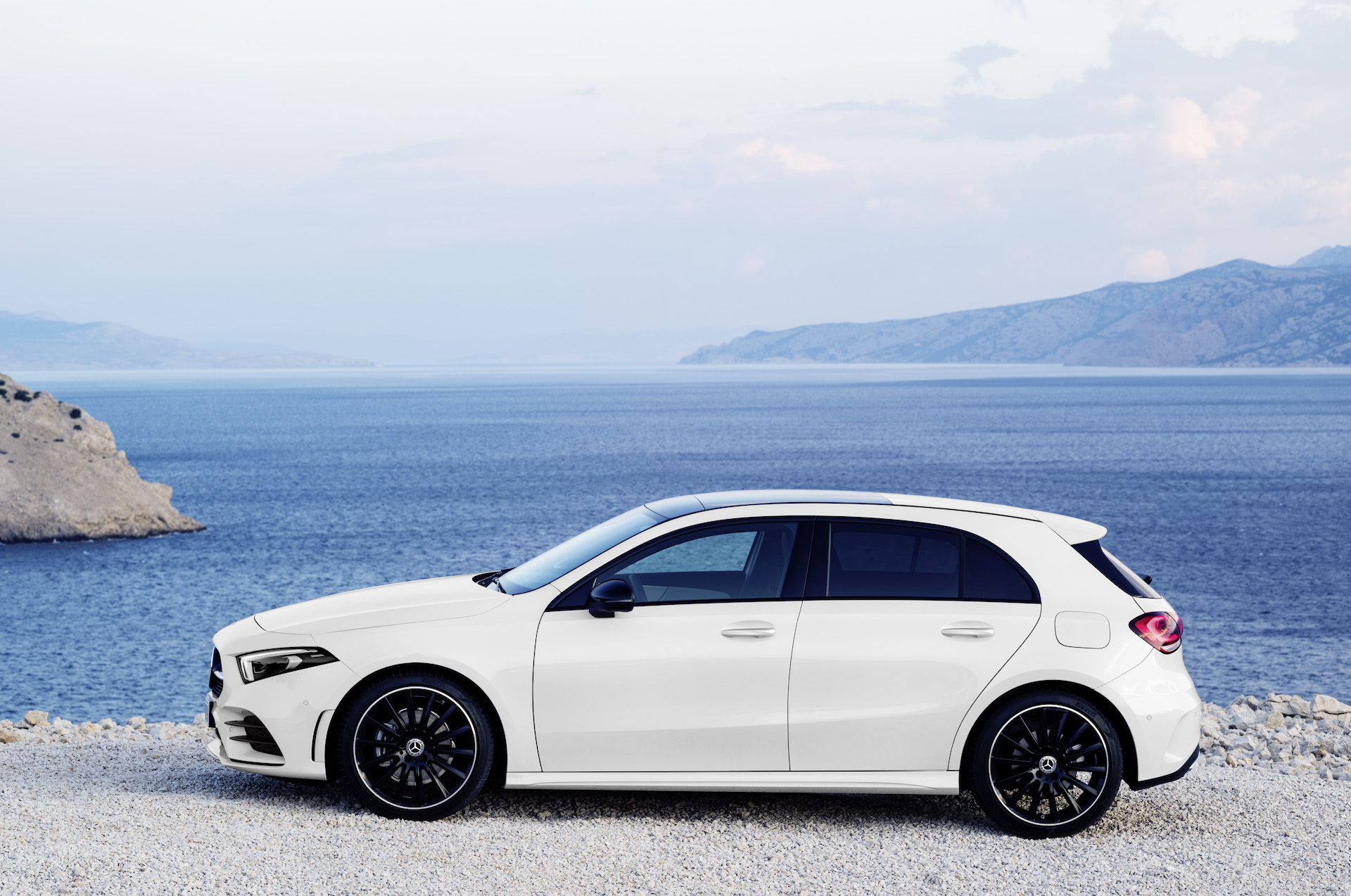

The chief appeal of the hybrid E-Class models is their very low company-car tax, courtesy of CO2 emissions of less than 38g/km across the range.

If it's driving thrills you're looking for, the BMW 5 Series is a better bet. Both feel suitably punchy thanks to the shove from the electric motor, but the additional 300kg weight of the hybrid technology means they feel a little less agile on a twisty back road and are a bit less comfortable as well. The battery is under the boot, which reduces the available luggage space from 540 to just 370 litres, plus there’s a big lump in the floor that reduces practicality a lot.Īnother plug-in hybrid trait present here is that neither model handles quite as sharply as its conventionally powered sibling. That’s around an hour and a half from a 7kW home wallbox charger, or about five hours using a three-pin plug. As with all plug-in hybrids, the 177 to 188mpg claimed figures are technically possible, but require very frequent charging and careful use of the engine.īoth models use the same battery, so they take the same amount of time to charge up. The battery is a 13.5kWh unit that allows a range of 35 miles on electric power. It’s more than quick enough, as 0-62mph takes just 5.7 seconds. The petrol-electric model has a 2.0-litre engine with an electric motor that brings a total of 316bhp. A recent round of updates saw trim levels changed to put the plug-in E-Class models into a higher tier, so they’re quite expensive compared to the normal petrol and diesel versions. It’s also worth knowing that the E 300 de diesel is available as an estate as well as in four-door saloon form.

Key rivals include the BMW 530e, Volvo S90 Recharge and Audi A6 TFSI e. The models are called E 300 e and E 300 de respectively, and both offer over 30 miles of driving range on electric power alone. The Mercedes E-Class hybrid is one of very few plug-in hybrid models that’s available in both petrol and diesel forms.


 0 kommentar(er)
0 kommentar(er)
